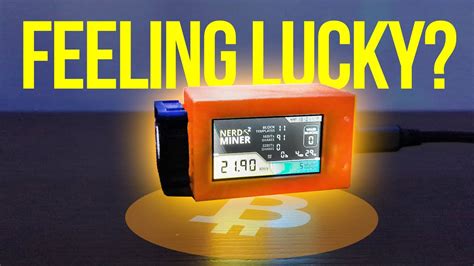Sending Transactions Directly to Miners or Pools: A Guide
As an Ethereum developer, you probably know the basics of Bitcoin-Qt transactions. However, sending transactions directly to miners or pools for processing can be a bit more complicated than sending them to individual nodes. In this article, we will look at the steps and knowledge required to send transactions directly to miners or groups.
Why Send Transactions Directly?
Sending transactions directly to miners or pools has several advantages:
- Lower Transaction Fees: Miners and pools often have lower transaction fees compared to individual nodes.
- Faster Processing Times: Miners and pools generally process transactions faster because they can handle a large volume of requests.
- Enhanced Security: Sending transactions directly to miners or pools reduces the risk of transaction loss or manipulation.
Steps to send transactions directly to miners or pools
- Select a miner or pool

: Select a miner or pool that meets your needs and has the infrastructure to process your transactions.
- Create a new transaction: Use an Ethereum-based wallet (e.g. MetaMask, Electrum) to create a new transaction.
- Add Fees and Gas: Calculate the fees and gas required for the transaction using tools like Etherscan or Blockchair.
- Select a miner or pool: Select the miner or pool that will process your transaction from the list of available nodes.
- Submit Transaction: Once you have confirmed all the details, submit the transaction to the miner or pool of your choice.
Additional Knowledge and Considerations
- Gas Prices: Keep in mind that gas prices can fluctuate significantly depending on supply and demand. Be prepared to adjust your gas pricing strategy accordingly.
- Transaction Difficulty: Miners and pools require a certain level of difficulty to accept transactions. Use tools like Etherscan or Blockchair to get an idea of the current transaction difficulty.
- Node Selection: Choose nodes that are optimized for Ethereum transactions, such as nodes from operators like Uniswap, Aave, or Curve Finance.
Tools and Resources
Use the following tools to make the process easier:
- Etherscan: A popular platform for checking gas prices, transaction history, and more.
- Blockchair
: A blockchain analytics tool that allows you to track transactions in real time.
- MetaMask: An Ethereum-based wallet that provides a user-friendly interface for managing transactions.
By following these steps and considering the additional knowledge required, you can effectively send transactions directly to miners or pools on the Ethereum network.

